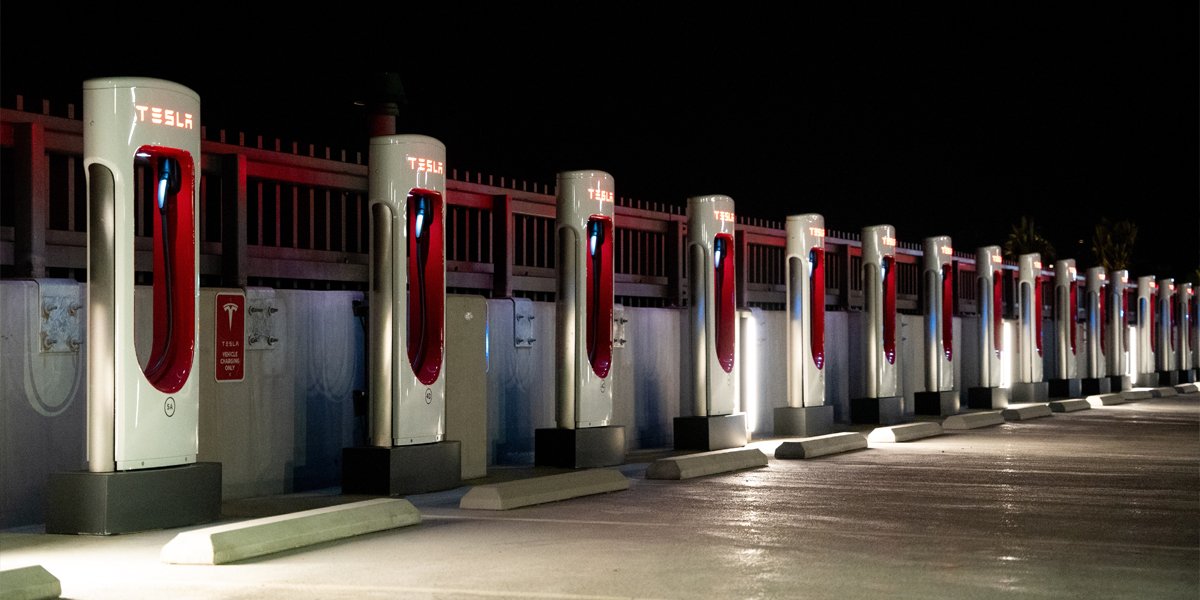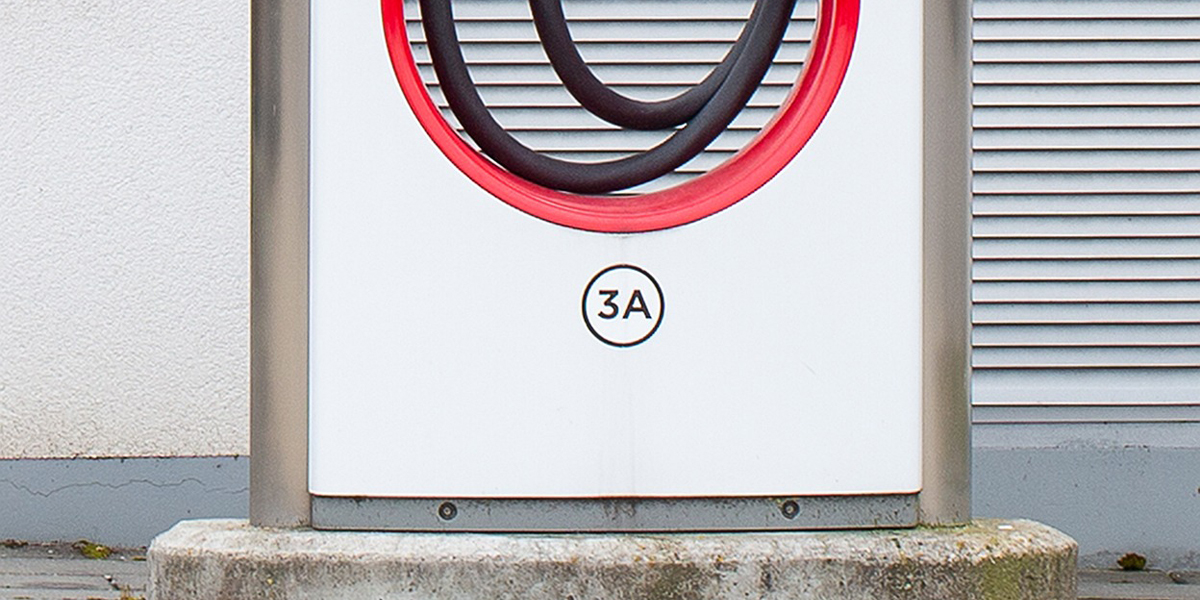But what is a Supercharger and who can use one? In this article, we’ll go over all the big questions.
What is the Tesla Supercharger Network?
A big part of Tesla’s allure comes from its expansive and exclusive supercharger network which allows drivers easy access to affordable top quality rapid chargers.
The American EV manufacturer has installed over 1,000 of their Superchargers in the UK and Ireland since 2014, making them one of the biggest providers in the UK.
They have two types of EV chargers - Destination and Supercharger. Destination chargers are situated at locations where people are likely to stay for an extended period, such as hotels and event venues, whilst Superchargers are usually located down major roads for motorists on their travels.
What cars can use the Tesla Supercharger Network?
Until recently, the Tesla Supercharger network was reserved for Tesla vehicle owners only. However, in May 2022, Tesla extended access to non-Tesla drivers.
Although this arrangement is currently just a pilot initiative, 24 Supercharger sites have opened up to EV drivers in the UK. Up-to-date information on locating these public sites can be found on the official Tesla website here.

What EVs are compatible with a Tesla Supercharger?
If you’re a non-Tesla owner using one of the manufacturer’s ‘open’ pilot sites, you’ll need an EV that is equipped with a CCS or Type 2 connector. These plugs are the standard Euro-spec and are compatible with most modern electric cars.
A CCS plug looks like a Type 2 plug but with two additional DC pins at the base which allow for DC fast charging.
However, not all EVs are compatible with these connectors. Some older or Japanese models may come equipped with a CHAdeMO connector instead, which will not work with the Tesla Supercharger Network.
What is the charging speed of a Tesla Supercharger?
Tesla’s Superchargers will either have a V2 or V3 power rating which provides 150kW and 250kW power outputs respectively via a CCS connector.
Tesla’s Destination chargers are slower because they’re designed to charge an EV over a longer period of time. These chargers will come with a Type 2 connector and offer a power output between 7-22kW.

How do I use a Tesla Supercharger?
If you drive a Tesla then the sat nav will be able to guide you straight to the nearest Supercharger site. Non-Tesla owners, however, will need to do their own research to find where the nearest compatible pilot site is.
Unlike many other charging networks, Tesla Superchargers don’t come with a screen and don’t accept contactless payment. This means that in order to charge your EV the first thing you’ll need to do is download the Tesla app.
Once downloaded, select ‘Charge my non-Tesla’ and pick which site you’re at. The app will provide details on pricing, facilities and available ‘stalls’.
If you don’t drive a Tesla then you’ll need to think carefully about how you park in the bay. Typically, Teslas have the charging port located on the nearside rear and Superchargers are designed accordingly.
Once you’ve managed to get plugged in, select your Supercharger’s number on the app (written at the bottom of the stall) and press ‘Get started’. The app will take you to a payment page to enter your credit card details and then you’ll be able to begin the session.
You might need to be patient during this process as establishing a connection can take a couple of minutes.
To stop charging simply press ‘stop charge’ and the session will end. Unplug the connector and return it to the holder before driving away safely.
How much does using a Tesla Supercharger cost?
Tesla owners are granted access to the most economical Supercharging rates. However, non-Tesla owners seeking to frequently use the ‘open’ pilot Supercharger stations can enrol in a membership scheme costing around £11 monthly. This membership facilitates access to reduced charging prices per kWh.
Alternatively, owners of other electric vehicle brands can opt for standard non-subscription charging, albeit at a relatively higher cost per kWh. Pricing varies from site to site.








